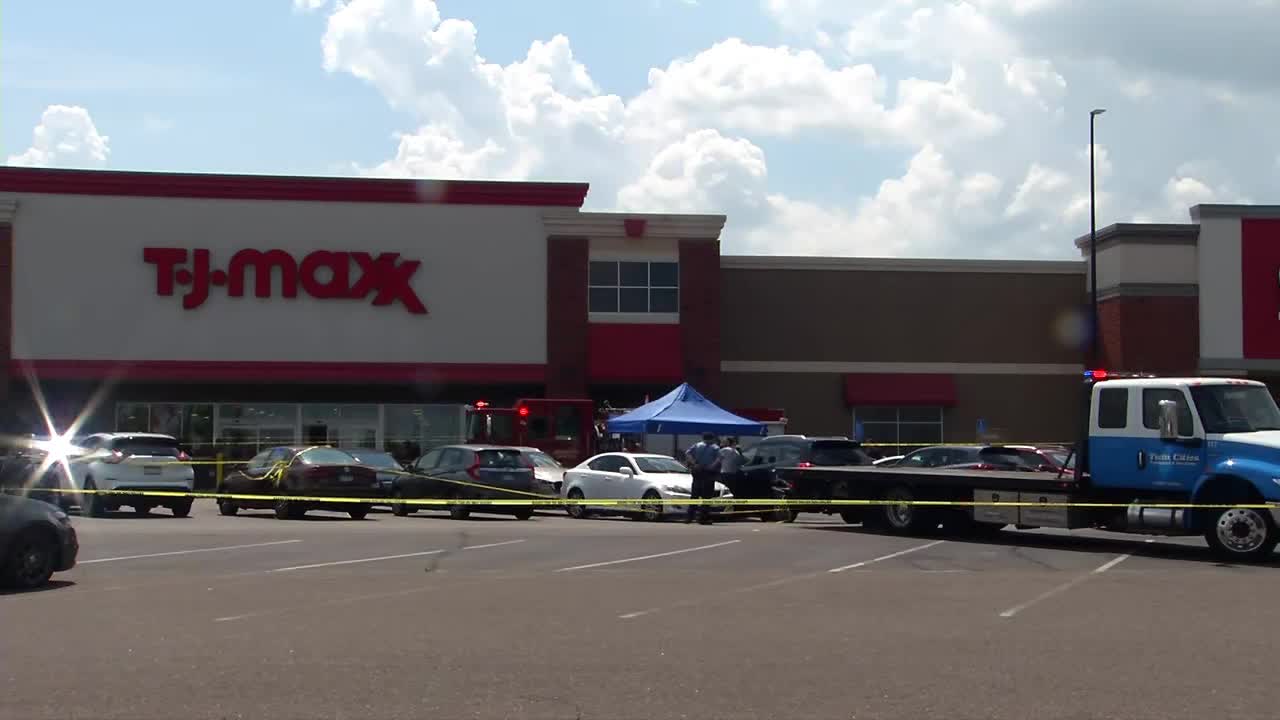Medical examiner: Shingle Creek Crossing deaths ruled homicide, suicide

Police are shown in the parking lot of Shingle Creek Crossing in Brooklyn Center where two people were found dead on July 3, 2023. (KSTP-TV)
Authorities say the two people found shot to death in a parking lot outside of Shingle Creek Crossing last week died as a result of a homicide and suicide.
According to the Hennepin County Medical Examiner’s Office, 58-year-old Youa Vue Khang of Coon Rapids died from a gunshot wound to the head on July 3. Her death was classified as a homicide.
Meanwhile, the Medical Examiner’s office says 68-year-old Tou Pao Khang of Brooklyn Center died as a result of a suicide.
Authorities didn’t specify how they knew each other.
As previously reported by 5 EYEWITNESS NEWS, Youa and Tou were found shortly after 11:30 a.m. last Monday after police were called to the shopping center for a report of gunshots being fired. Police say officers found one person outside of a vehicle, and one person inside.
Here is a list of suicide prevention and mental health resources:
- 988 Suicide and Crisis Lifeline at 988
- Crisis Text Line – Text MN to 741741 to connect with a trained crisis counselor to receive free, 24/7 crisis support via text message.
- Minnesota Department of Human Service’s adult mental health resources
- The National Alliance on Mental Illness (NAMI) – Minnesota
- Veterans Crisis Line at 988, Option 1 or by texting 838255
- Minnesota Farm and Rural Mental Health Helpline at 833-600-2670 or by texting “FarmStress” to 898211
If you believe someone is at risk of suicide, the U.S. Department of Health and Human Services suggests you:
- Ask questions about whether the individual is having suicidal thoughts.
- Call the U.S. National Suicide Prevention Lifeline at 988 or 1-800-273-TALK (8255).
- Seek help from a medical or mental health professional. If it is an emergency situation, take the person to a hospital.
- Remove any objects from a person’s home that could be potentially used in a suicide.
- Do not leave the person alone, if possible, until help is available.